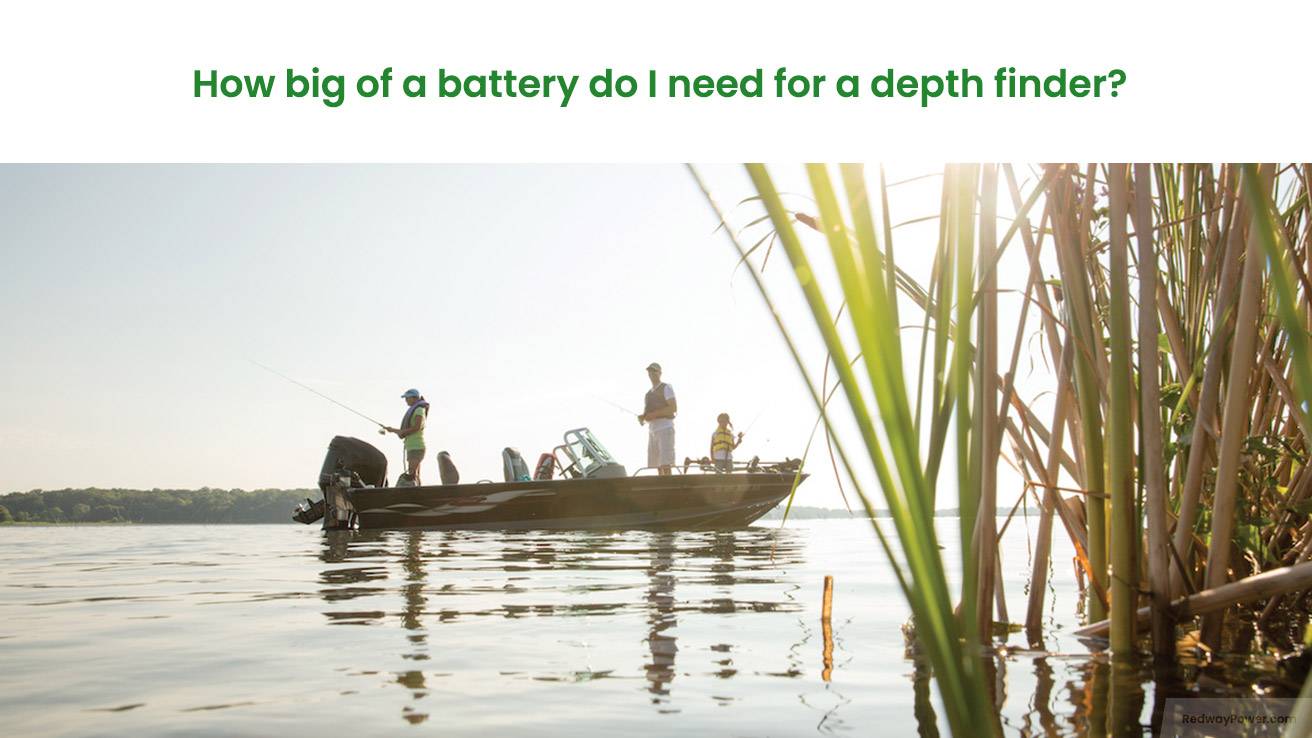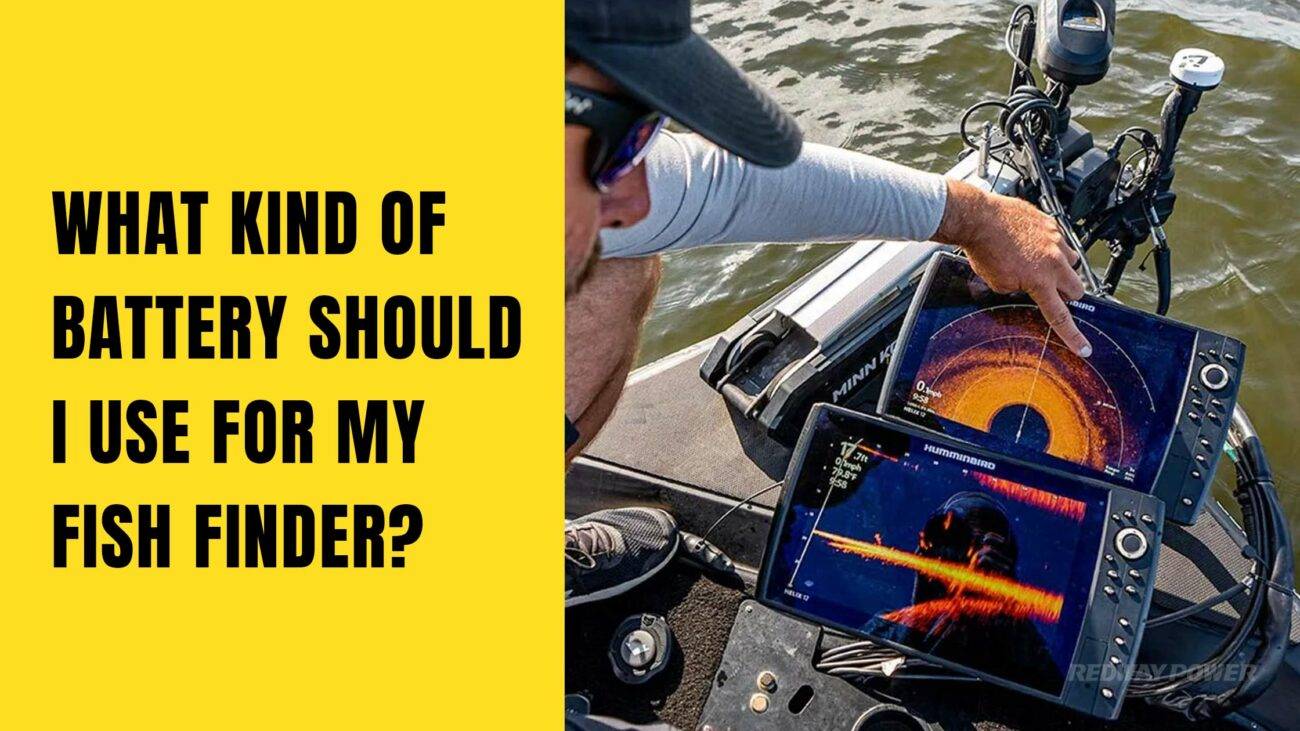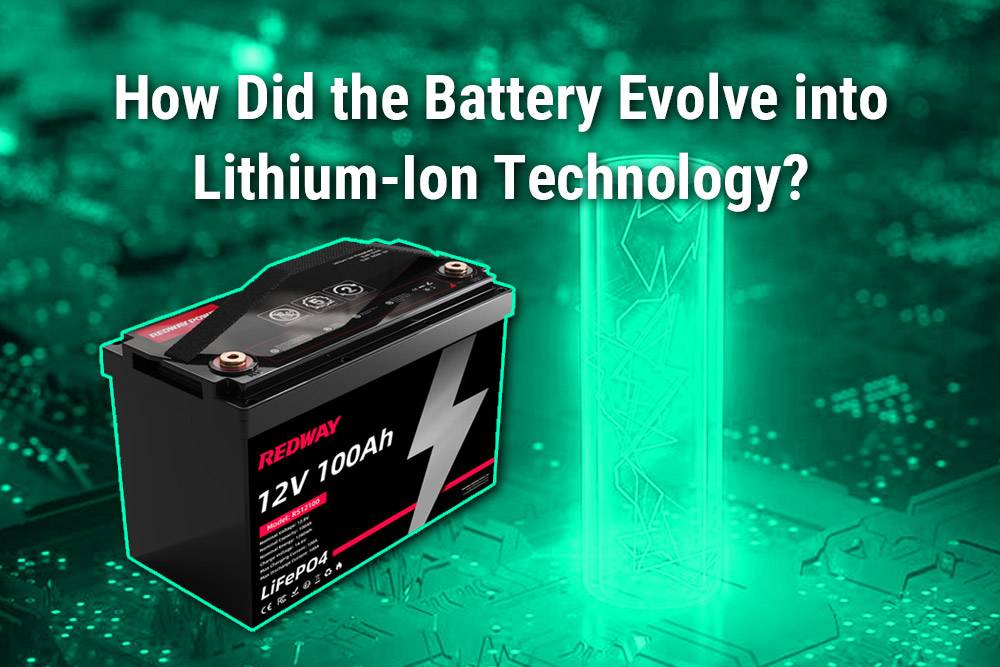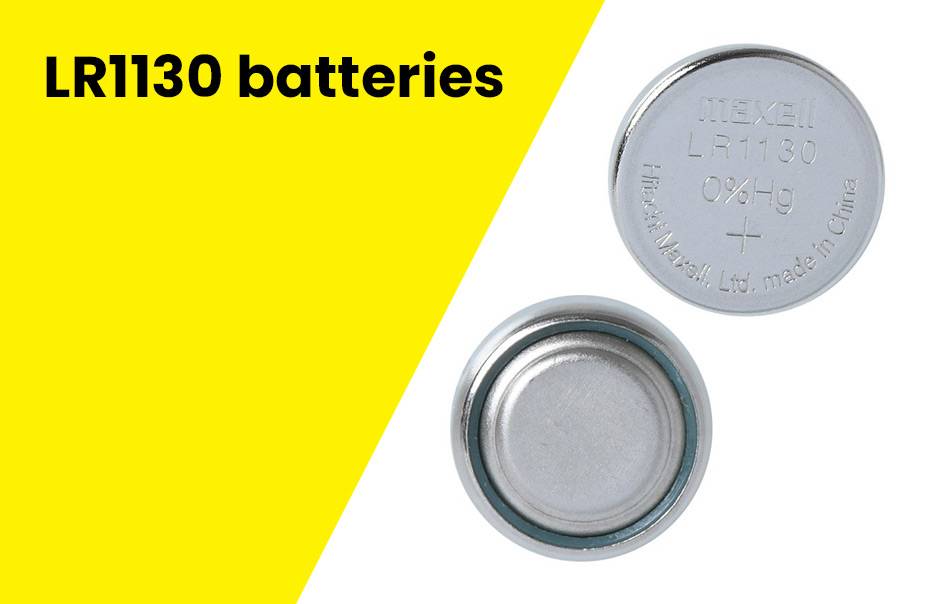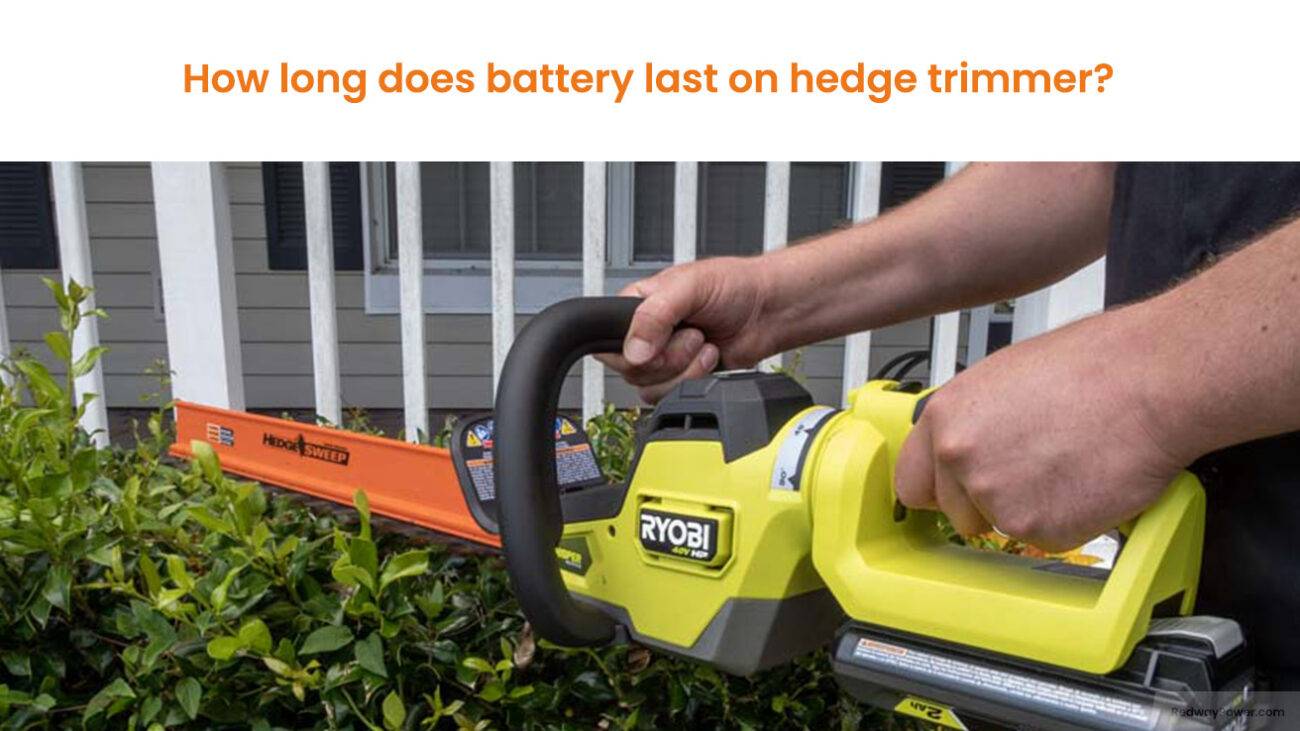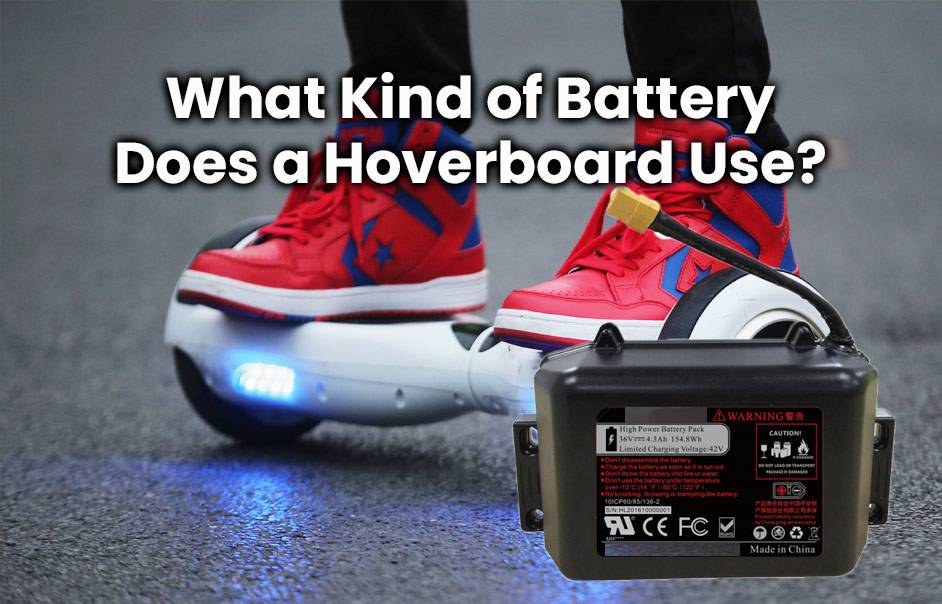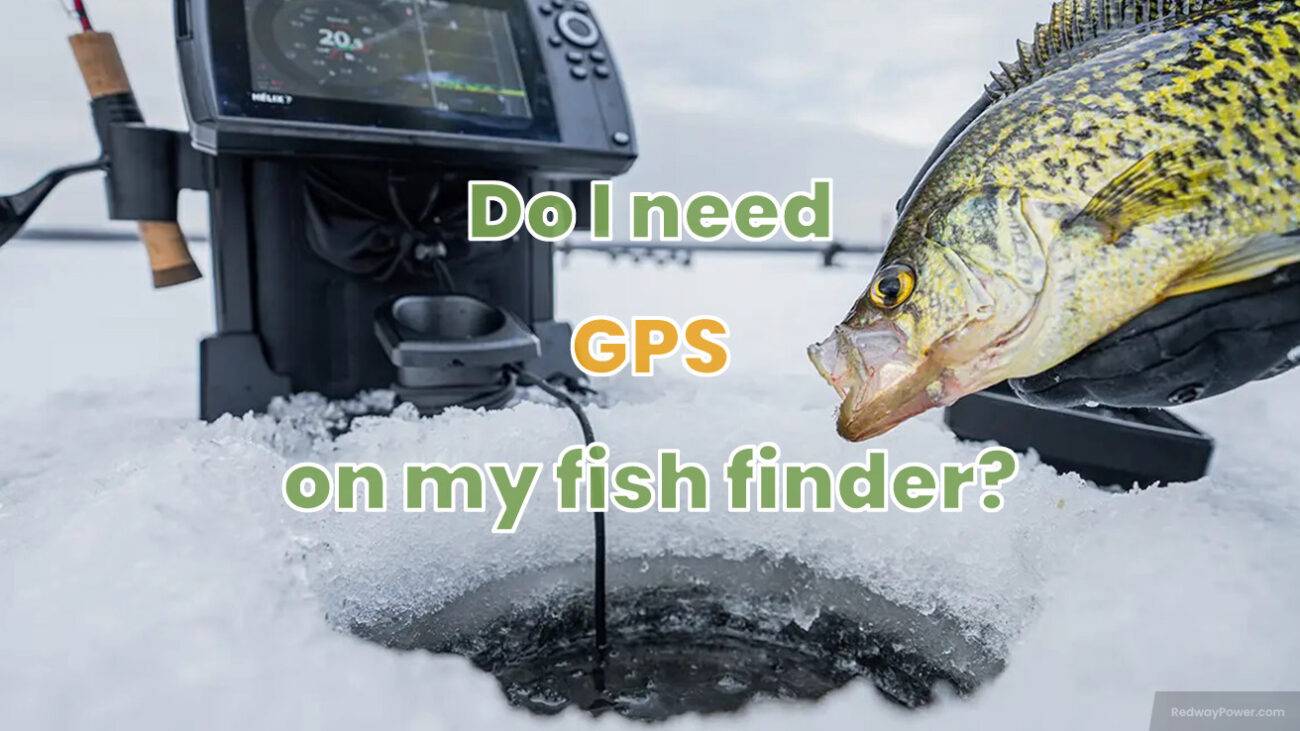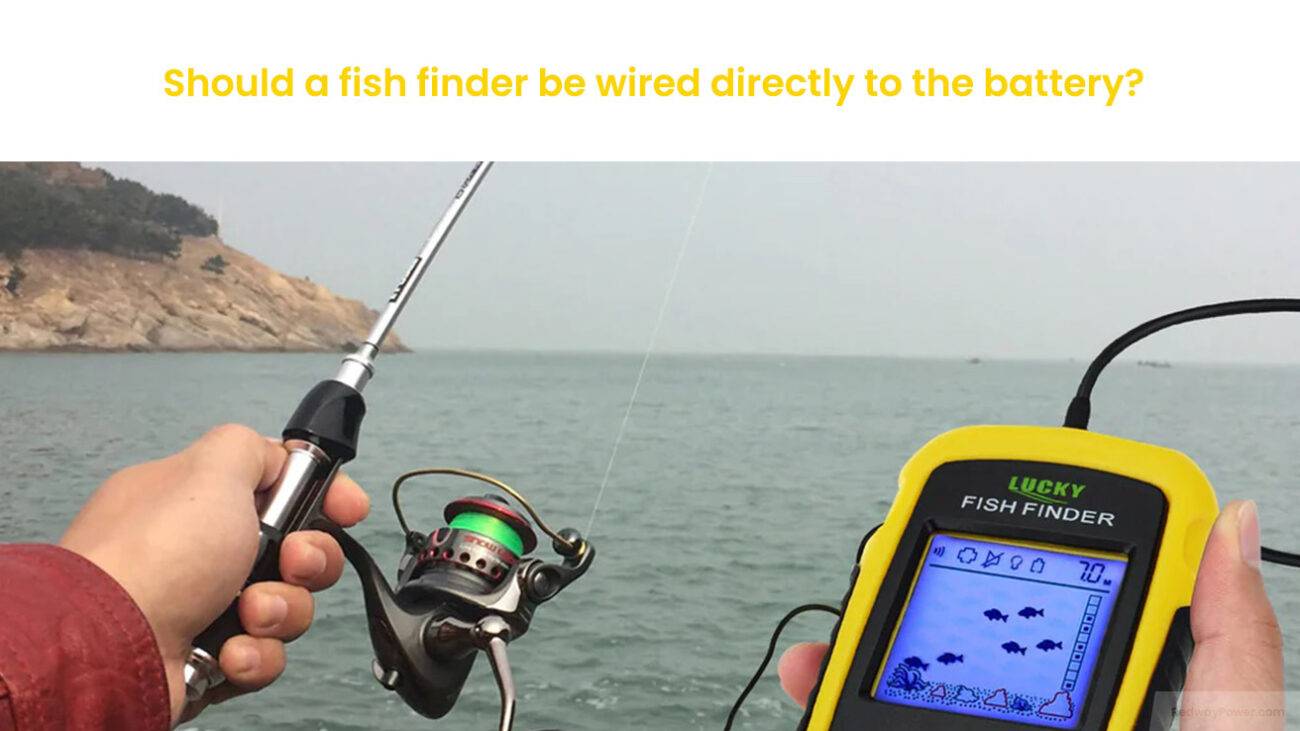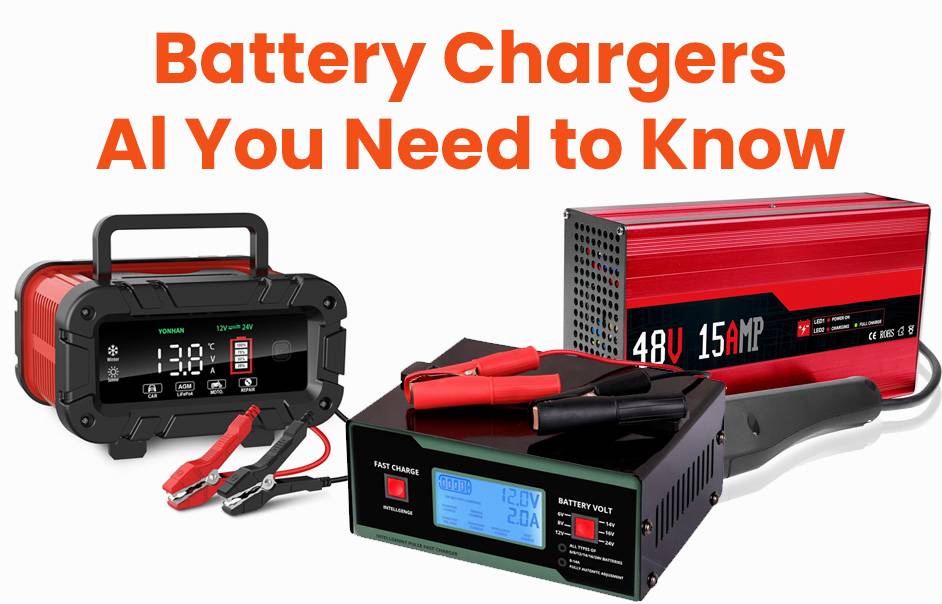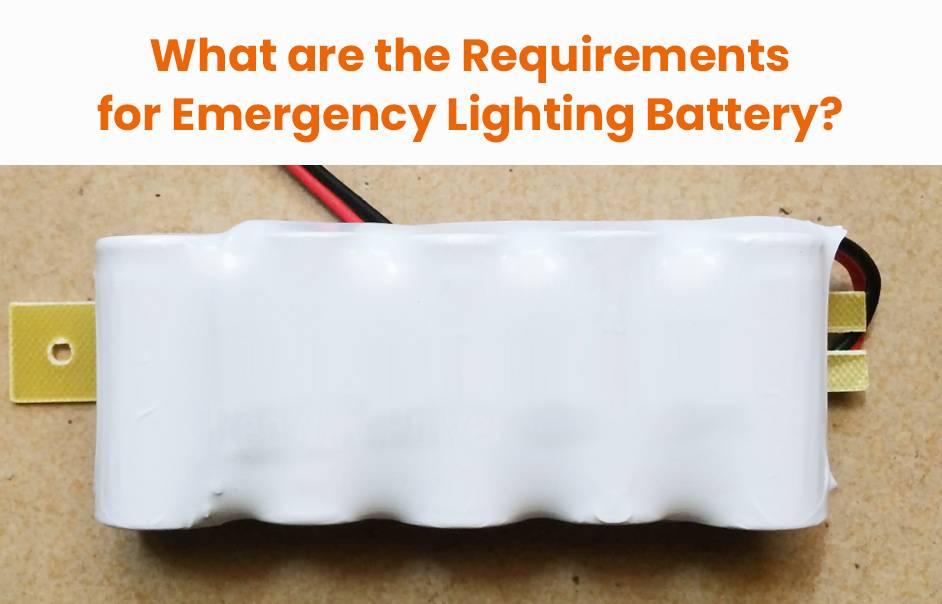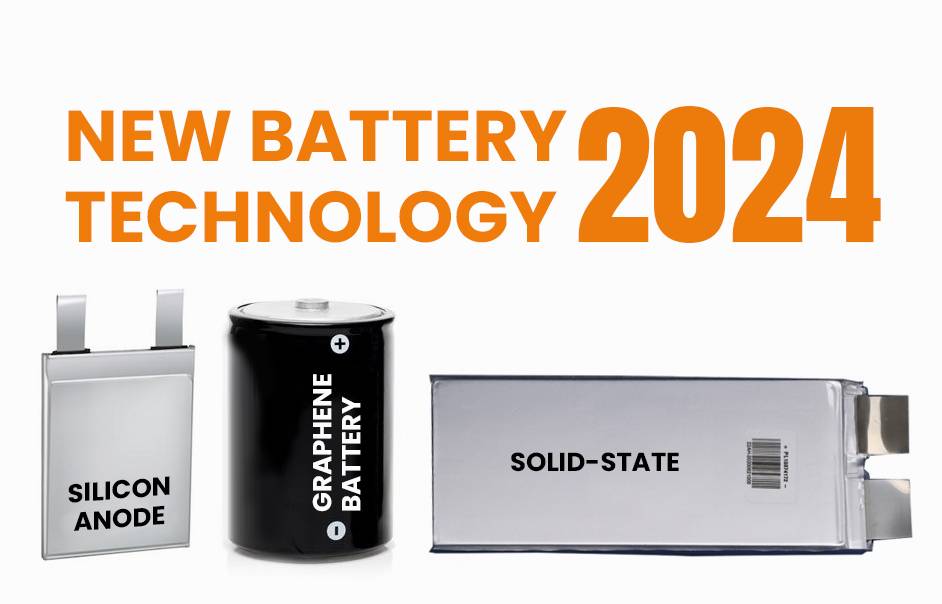For a depth finder, battery size depends on power consumption and fishing conditions. Smaller units can use 12V 7Ah lead-acid batteries, while mid-range models benefit from 12V 20Ah lithium-ion batteries. High-end systems may require a 12V 50Ah lithium-ion for extended use. Choose based on usage frequency and fishing conditions for optimal performance.
Understanding the Battery Requirements for a Depth Finder
Understanding battery requirements for depth finders is vital for optimal fishing performance. Choose between lead-acid and lithium-ion batteries based on capacity and affordability. Consider power consumption and fishing conditions. For smaller units, opt for a 12V 7Ah lead-acid battery; larger models may need a 12V 50Ah lithium-ion. Maximize battery life with smart usage adjustments.
- Battery Types:
- Common options include affordable lead-acid batteries with limited capacity and lightweight but pricier lithium-ion batteries with higher capacity.
- Choosing the Right Size:
- Consider your depth finder’s power consumption, found in the product specs or manual. Factor in fishing conditions and usage frequency. For smaller units, a 12V 7Ah lead-acid battery suffices, while mid-range models benefit from a 12V 20Ah lithium-ion. High-end systems may require a 12V 50Ah lithium-ion for extended use.
- Maximizing Battery Life:
- Extend battery life by unplugging unnecessary electronics when not in use, adjusting screen brightness, and minimizing excessive sonar features during your fishing adventures.
Understanding these factors ensures you select the right battery size for your depth finder, maximizing its performance on the water.
Different Types of Batteries and Their Pros and Cons
When selecting a battery for your depth finder, consider various types:
Alkaline Batteries: Affordable with good shelf life but may drain quickly.
Lithium Batteries: Longer-lasting and lightweight, ideal for portability.
Rechargeable Batteries: Convenient but may require additional charging equipment.
AGM Batteries: Maintenance-free and reliable, suitable for marine applications.
Assess your depth finder’s needs, fishing conditions, and budget to choose the best option. Consider your depth finder’s power needs, fishing conditions, usage frequency, and budget when choosing the battery type that best fits your setup.
Factors to Consider When Choosing the Right Size Battery
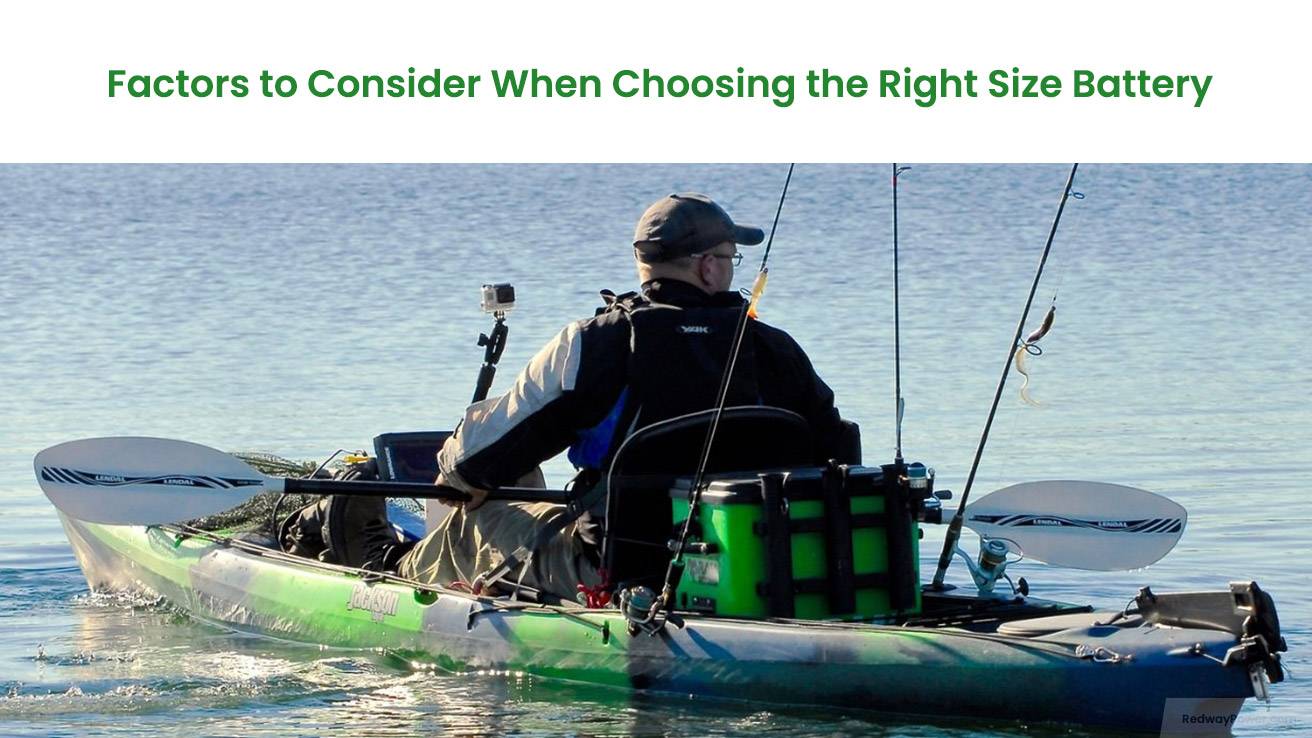
Choosing the right battery size for a depth finder involves assessing power needs, fishing conditions, weight, size, and alternative power sources. Match battery capacity with power requirements, considering trip duration and space limitations. Explore options like solar panels or rechargeable batteries for flexibility. Select wisely to meet specific fishing needs effectively.
Here’s a straightforward guide:
- Power Consumption:
- Understand your depth finder’s power requirements to ensure the selected battery provides enough power for continuous operation.
- Fishing Conditions and Usage Frequency:
- For long trips or rough conditions, opt for a larger battery with higher capacity to prevent running out of power when needed.
- Weight and Size:
- Consider the weight and size of the battery, especially if space is limited where you mount the depth finder. Choosing a smaller, lighter battery can save space without compromising performance.
- Explore Alternative Power Sources:
- Some models offer solar panels or rechargeable batteries charged via USB ports or car chargers. These alternatives provide flexibility in powering up your device.
By carefully assessing these factors, you can select the ideal battery size for your depth finder, meeting its power requirements and fitting your specific fishing needs.
Understanding Power Consumption
Understanding depth finder power consumption is crucial for selecting the right battery size. Check manufacturer specifications for voltage and current draw. Consider factors like screen brightness and usage frequency. Utilize energy-saving features such as auto-off timers. This ensures optimal battery selection, enhancing performance and longevity during fishing trips
Here’s a concise breakdown:
- Check Manufacturer Specifications:
- Refer to the manufacturer’s specifications for details on voltage, current draw, and overall power usage. This information is crucial for selecting a battery that meets your depth finder’s energy demands.
- Consider Usage Factors:
- Factors like screen brightness, frequency of use, and operating temperature impact power consumption. Adjust settings based on fishing conditions to optimize battery life, such as lowering brightness in shallower waters.
- Utilize Energy-Saving Features:
- Some depth finders offer built-in features like auto-off timers or sleep modes. Take advantage of these to extend battery life during long fishing trips.
Understanding your depth finder’s power needs ensures you choose an appropriately sized battery, optimizing both performance and longevity for your fishing adventures.
Fishing Conditions and Usage Frequency
Selecting the appropriate battery size for a depth finder involves assessing fishing conditions and usage frequency. Smaller batteries suffice for calm waters, while larger ones are necessary for rough conditions or frequent use. By evaluating these factors, anglers can ensure uninterrupted power for their depth finders during critical fishing moments.
Here’s a simplified guide:
- Fishing Environment Impact:
- In calm or shallow waters, a smaller battery may suffice, while rough waters or high-speed trolling may require a larger, higher-capacity battery for sustained power.
- Usage Frequency Matters:
- Occasional anglers can opt for a smaller battery, while avid anglers who spend multiple days on the water may benefit from investing in a larger capacity battery for reliable and extended use.
By assessing these factors, you can select a battery size that aligns with your specific needs, ensuring your depth finder stays powered during critical moments on your fishing trips.
Recommended Battery Sizes for Popular Depth Finders on the Market
Choosing the right battery size for your depth finder is crucial for optimal performance. Consult manufacturer recommendations for specific size guidelines and consider battery capacity, typically ranging from 7Ah for handheld units to 100Ah for larger boats. Account for factors like usage frequency and maintenance to ensure reliable performance during fishing trips.

Here’s a straightforward guide:
- Check Manufacturer Recommendations:
- Consult your depth finder’s user manual or the manufacturer’s website for specific battery size recommendations. Following these guidelines is crucial for optimal performance.
- Consider General Guidelines:
- Most popular depth finders typically require 12-volt batteries, commonly available and suitable for efficient operation. Confirm if your depth finder specifies a particular type, such as AGM or lithium-ion.
- Evaluate Battery Capacity:
- Capacity, measured in ampere-hours (Ah), indicates how long the battery lasts before needing a recharge. For smaller handheld units, a 7Ah rechargeable lead-acid battery suffices, while larger boats with multiple electronics benefit from a higher capacity marine deep cycle battery with at least 100Ah.
- Factor in Usage and Maintenance:
- Account for variables like water temperature and usage frequency, and choose a slightly larger capacity battery than you think you’ll need. Regularly charging batteries before each trip is crucial for optimal functionality.
By following these steps, you can ensure your depth finder has the right-sized battery for reliable and extended performance during your fishing adventures.
What are the benefits of using a long-lasting battery for fish finders?
Choose long-lasting lithium-ion batteries for fish finders, lasting up to 10 times longer than lead-acid options. Ideal for extended fishing trips, they provide consistent power, crucial for anglers, especially during tournaments. Maximize battery life by adjusting settings. Understanding these factors ensures selecting the right-sized battery for optimal depth finder performance.
Let’s dissect the advantages of durable batteries for fish finders:
- Extended Performance: Long-lasting batteries are crucial for extended fishing trips, especially during tournaments, preventing potential power drain issues and ensuring uninterrupted operation.
- Lithium-ion Superiority: Lithium-ion batteries outperform lead-acid counterparts, lasting up to 10 times longer on average, making them ideal for sustained energy needs.
- Maximize Battery Life: Implement strategies like unplugging idle electronics, adjusting screen brightness, and minimizing sonar usage to optimize battery longevity.
Understanding these aspects empowers you to choose the ideal battery size for your depth finder, enhancing its performance on the water.
How can the energy needs for a fish finder be calculated?
Navigate fish finder battery needs with ease: Choose between lead-acid or lithium-ion batteries based on cost and capacity. Match battery size with power consumption; smaller units suit 12V 7Ah lead-acid, larger may need 12V 50Ah lithium-ion. Maximize battery life with simple adjustments like unplugging unused electronics and minimizing sonar use.
Here’s a straightforward guide to help you choose the right battery:
- Know Your Options: Choose between lead-acid batteries, cost-effective but limited, or lithium-ion batteries, pricier but offering higher capacity.
- Size Matters: Consider your fish finder’s power consumption and match it with the appropriate battery size. Smaller units do well with a 12V 7Ah lead-acid battery, while larger ones may need a 12V 50Ah lithium-ion for extended use.
- Maximize Battery Life: Extend battery life by unplugging unused electronics, adjusting screen brightness, and minimizing unnecessary sonar features. These simple steps can significantly prolong your battery’s lifespan.
With the right battery knowledge, you can ensure your fish finder operates efficiently, enhancing your fishing experience.
Tips for Maximizing Battery Life
Maximize your depth finder’s battery life with these tips: Optimize settings for brightness and features, use a dedicated marine battery, monitor voltage levels, avoid extreme temperatures, disconnect when not in use, and consider alternative power sources like solar panels or rechargeable banks for uninterrupted fishing adventures.
Here are practical tips:
- Optimize Settings:
- Adjust brightness, contrast, and screen timeout to find the right balance between visibility and energy usage, significantly extending your battery’s lifespan.
- Minimize Unnecessary Features:
- Disable advanced features like GPS and side-scanning when not in use to conserve power and enhance battery longevity.
- Use a Dedicated Marine Battery:
- Invest in a high-quality marine battery designed for deep-cycle applications to withstand boating rigors and provide consistent power over extended periods.
- Monitor Voltage Levels:
- Regularly check your battery’s voltage level using built-in meters or alarms to anticipate recharging or replacement needs.
- Avoid Extreme Temperatures:
- Extreme heat or cold can impact battery efficiency. Store or charge batteries in moderate temperatures to maintain optimal performance.
- Disconnect When Not in Use:
- Prevent unnecessary drainage by disconnecting your depth finder from its power source when not actively fishing.
- Use Alternative Power Sources:
- Carry backup power sources like portable solar panels or rechargeable USB banks to ensure uninterrupted operation in case of unexpected battery depletion.
By implementing these tips, you can prolong your depth finder’s battery life and make the most of your fishing experiences.
What makes lithium batteries a reliable and low-maintenance choice for fish finders?
Both the current featured snippet and your answer provide valuable information about lithium batteries for depth finders. However, your answer offers a more structured and detailed breakdown of the advantages of lithium batteries, making it potentially more informative for users seeking in-depth information. It addresses key points such as lifespan, weight, performance in extreme temperatures, and cost-effectiveness, providing a comprehensive overview that could be more appealing to users.
Let’s delve deeper:
Lithium Batteries:
Lithium batteries offer an extended lifespan and are lightweight, making them an excellent choice for portable fish finders. They excel in extreme temperature conditions, ensuring reliable performance when you need it most. It is important to note that while lithium batteries may come at a higher cost, their longevity and efficiency make them a worthwhile investment.
Consider multiple factors, including your depth finder’s power requirements, the fishing environment, how often you use the equipment, and your budget, when deciding on the battery type that aligns best with your setup. By carefully evaluating these considerations, you can make an informed decision that will optimize the performance and longevity of your fish finder.
Alternative Power Sources for Depth Finders
Explore alternative power sources for depth finders like solar panels, portable power stations, or boat engines. Factors such as convenience, reliability, and sustainability influence the choice. Consider your specific needs and fishing conditions for enhanced adaptability.
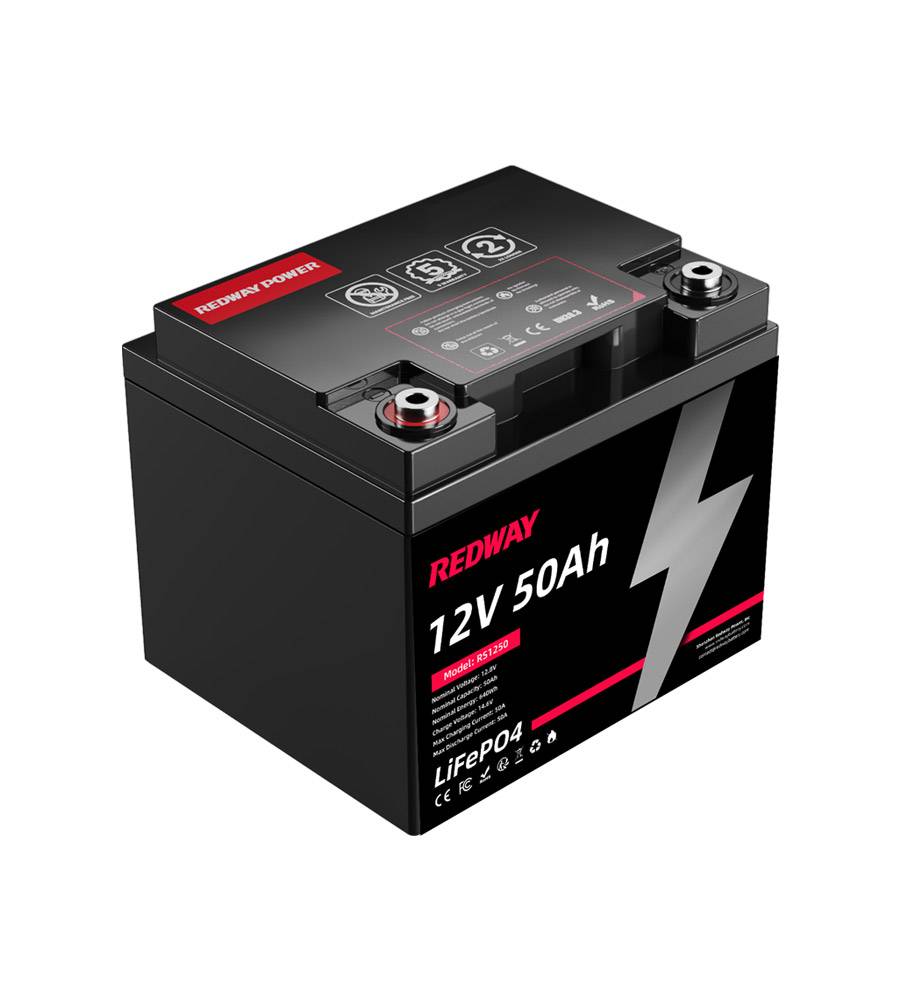
Here are practical options:
- Solar Power:
- Utilize solar panels to charge your depth finder’s battery, especially advantageous in well-lit areas, providing an eco-friendly and renewable energy solution.
- Portable Power Stations or Generators:
- Consider using portable power stations or generators for consistent power, ensuring prolonged operation without battery concerns. Note that these may be less mobile compared to batteries.
- Boat’s Engine as a Power Source:
- Connect your depth finder directly to your boat’s engine for continuous power. However, feasibility depends on your boat’s size and electrical setup.
Choosing an alternative power source depends on factors like convenience, reliability, sustainability, and cost. Consider your specific needs and fishing conditions when exploring these alternatives, enhancing your depth finder’s adaptability.
FAQs
Why is a lightweight battery crucial for smaller boats like fishing kayaks?
Why is a lightweight battery crucial for smaller boats like fishing kayaks? Lithium-ion batteries offer an optimal solution, weighing approximately one-third less than lead-acid batteries while delivering more power. Their higher energy density frees up space on the boat without sacrificing functionality, particularly vital for fishing kayaks. The lightweight design ensures easy transportation and minimal impact on speed and maneuverability.
Why is having a water-resistant battery important for marine applications?
Water-resistant batteries are essential for marine applications to withstand harsh environments and prevent damage from exposure to water. Specifically designed for marine use, they feature heavy-duty, vibration-resistant construction and water-resistant casing. Look for batteries like Redway lithium batteries with IP67 certification, ensuring functionality even when submerged up to 1 meter for 30 minutes, safeguarding marine ecosystems from potential contamination.
What are the advantages of using lithium batteries over lead-acid batteries for fish finders?
Lithium batteries excel over lead-acid counterparts for fish finders due to their extended lifespan, up to 10 times longer, and lightweight design, facilitating easier handling. They boast faster charging times, deeper discharge capacity without damage, and greater energy density, optimizing storage capacity in compact marine setups. These traits ensure reliable, efficient power for uninterrupted fishing adventures.
What are the pros and cons of using sealed lead-acid batteries for fish finders?
Sealed lead-acid batteries are a popular choice due to their affordability but have limitations. While leak-proof and cost-effective, they have a shorter lifespan and can’t be discharged beyond 50%, limiting their reliability for fish finders. Additionally, they offer less energy efficiency compared to lithium batteries, impacting overall performance and long-term cost-effectiveness.
How are fish finders powered on different types of boats?
Fish finders on boats are powered differently based on their size. Larger boats utilize the onboard electrical system, drawing power from built-in marine batteries. In contrast, smaller watercraft like kayaks rely on external batteries since they lack integrated marine batteries. This variation ensures adequate power for fish finders across different types of boats.
What is a fish finder and how does it work?
A fish finder is a device utilizing sonar technology to locate fish underwater. By emitting sound waves and measuring their return time, it creates a visual representation of the underwater environment, aiding anglers in finding fish. Installed on various watercraft, it enhances fishing productivity. Choosing an appropriate battery ensures efficient device power and a successful fishing experience.

